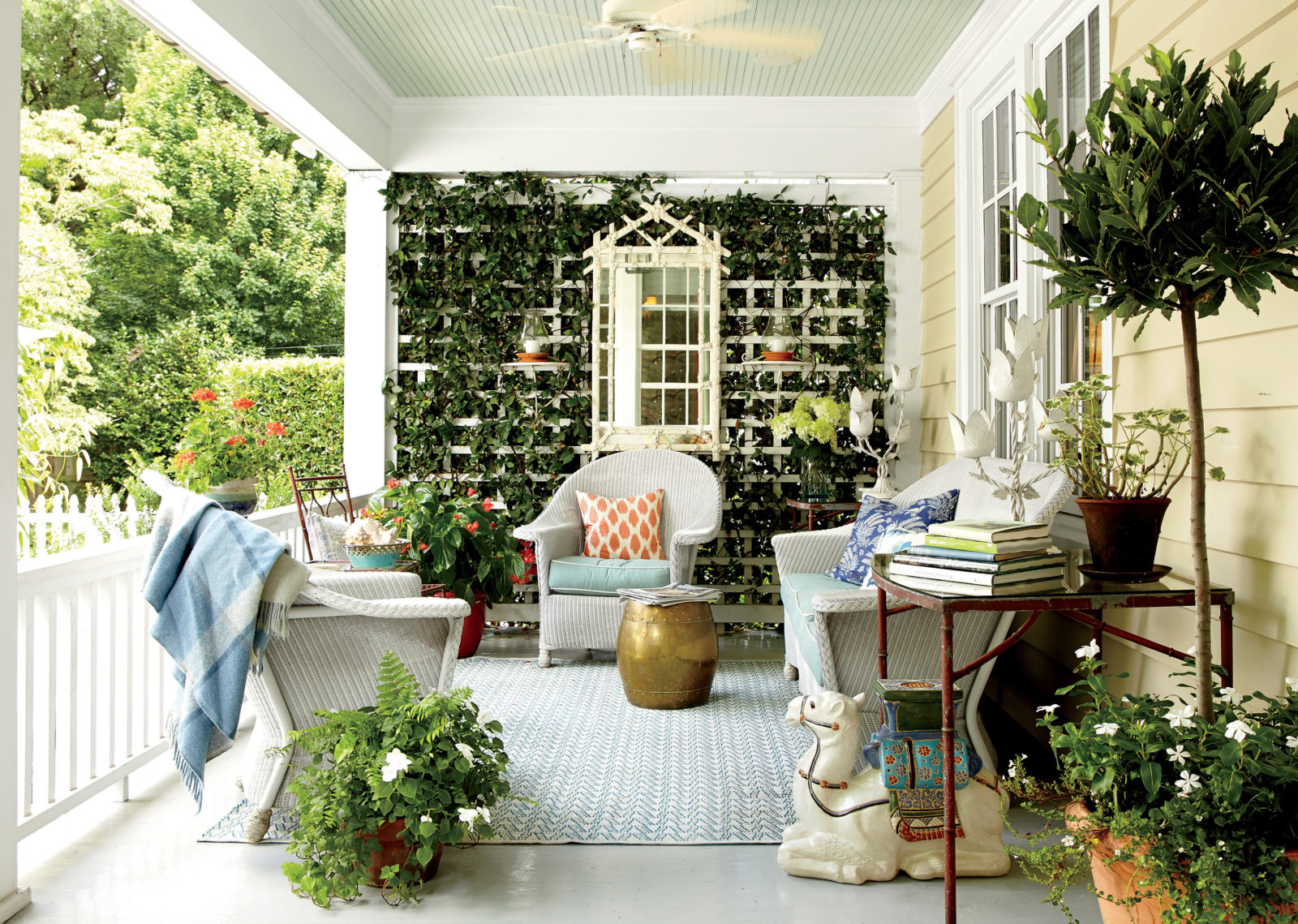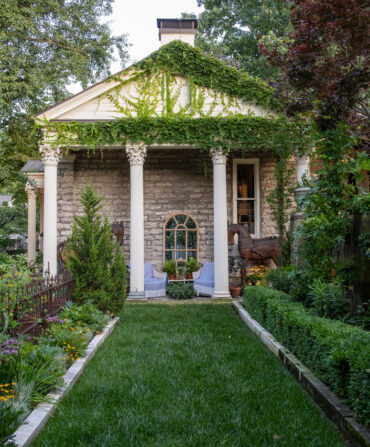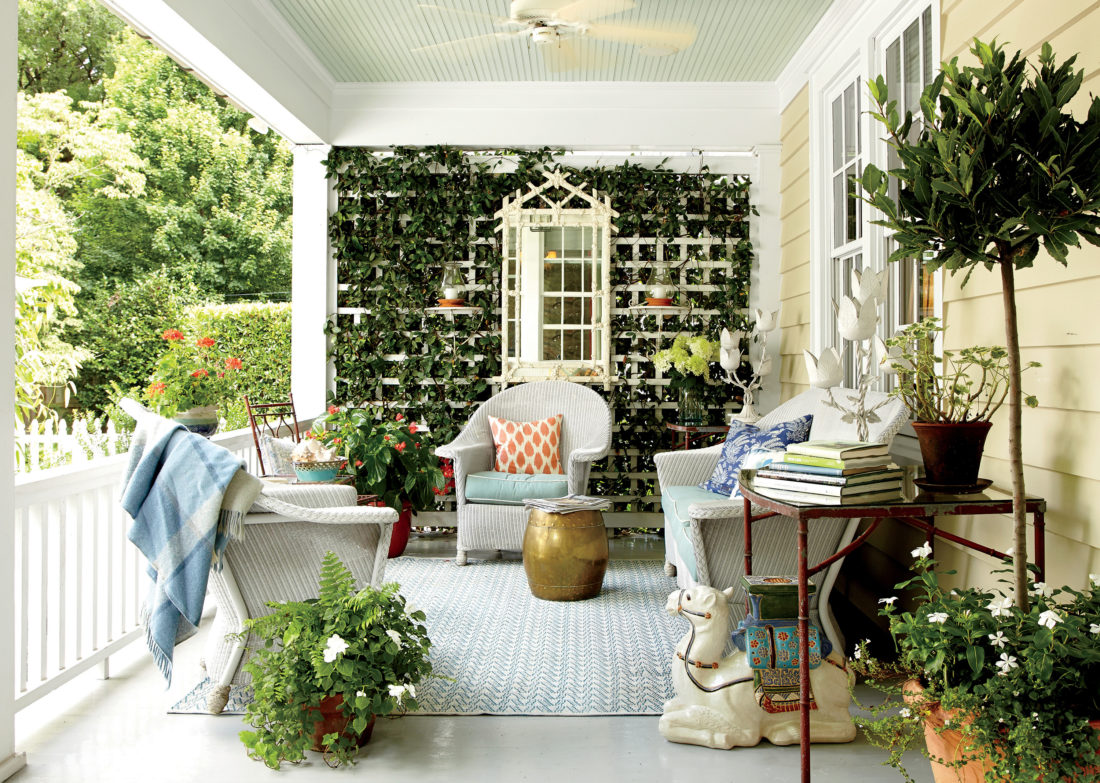
1. Create a Welcoming Front Porch.
From the jasmine–covered trellis to the parade of potted plants, it’s hard to tell where the Charlotte, North Carolina, landscape architect Laurie Durden’s garden stops and her porch begins. And that’s the whole point. “The magic of my porch is that it’s neither inside nor outside,” Durden says. “It’s a place where the two are one and the same.” To make your outdoor living space a welcoming and well-appointed spot, play up wicker pieces, soften them with cushions, and add an outdoor rug, like these great Southern porches do. Then layer in decorative flourishes. An avid antiquer, Durden found two faux-bamboo metal tables at an estate sale, and a faux bois mirror, which reflects the greens and whites from her garden, at a shop in Palm Beach, Florida.
Photo: Brie Williams

2. Add a Rocking Chair—It’s Always the Best Seat in the House.
In an age of particleboard, Wood Studio’s Lookout Mountain Rocker stands as a testament to craftsmanship and solid wood. “We’re not fancy people,” Keith Cochran says. “I don’t need it to be real curly or carved; I just need it to be nice and tight and smooth.” Based in Arley, Alabama, Keith and his brother, Dylan, lavish eighty hours on each of their signature rocking chairs, working with native wood, such as walnut, cherry, or maple—air-dried for two years, never speed-baked in a kiln the way commercial lumber often is—in their workshop near the remote gorges of William B. Bankhead National Forest. For the rocker’s seat and back, they buy only vegetable-dyed, hand-stretched leather. Which is why no two chairs are alike.
Photo: Stacey Newgent
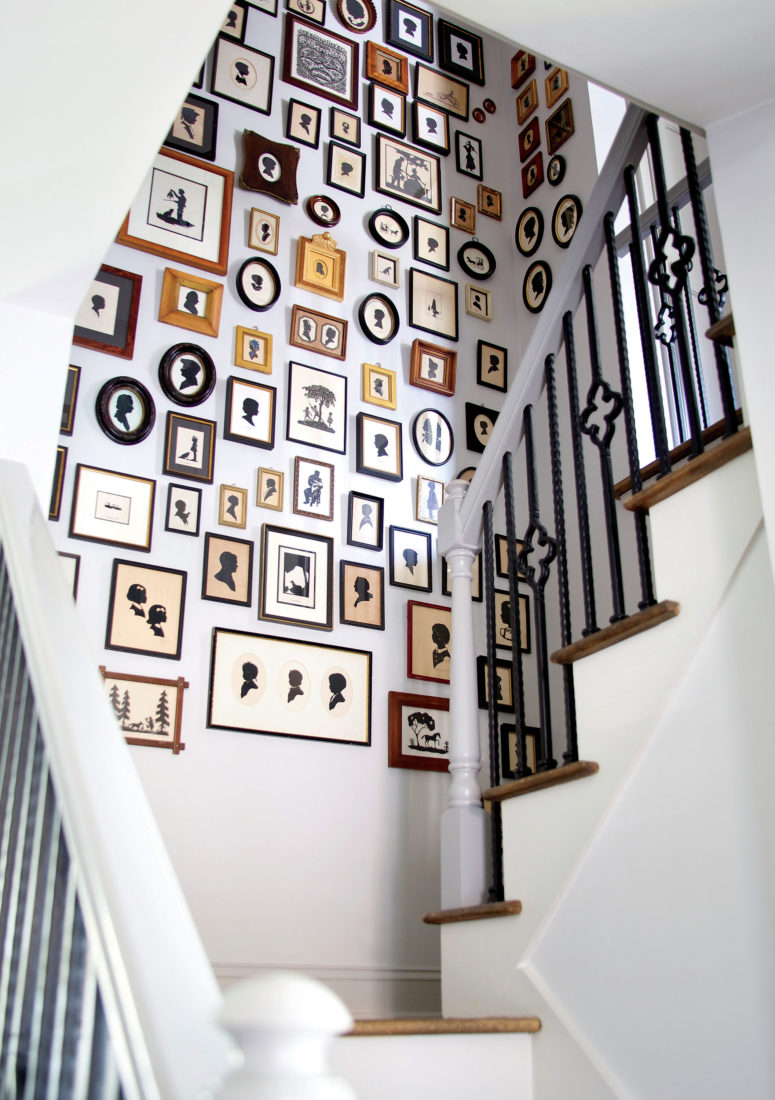
3. Display a Collection.
When you step inside the home of the Charleston, South Carolina, event designer Calder Clark, her collection is hard to miss: more than a hundred framed silhouettes of all shapes and sizes, arranged along the staircase. “I started collecting when I was sixteen,” Clark says. “My mother gifted a silhouette of my father when he was a child, and I loved that it was a glimpse into his past. I started to come across silhouettes at estate sales and antique malls, and picked up one or two on every foray.” Her display’s design formed organically. “I started at the top and worked down,” she says, “not really caring that there were gaps. I had grand plans to follow a tutorial, but I just moved a few around and let them fall where they may.” The silhouettes she commissions each year of her children are her favorites. “It’s phenomenal to watch their little visages change and grow.”
Photo: Margaret Houston
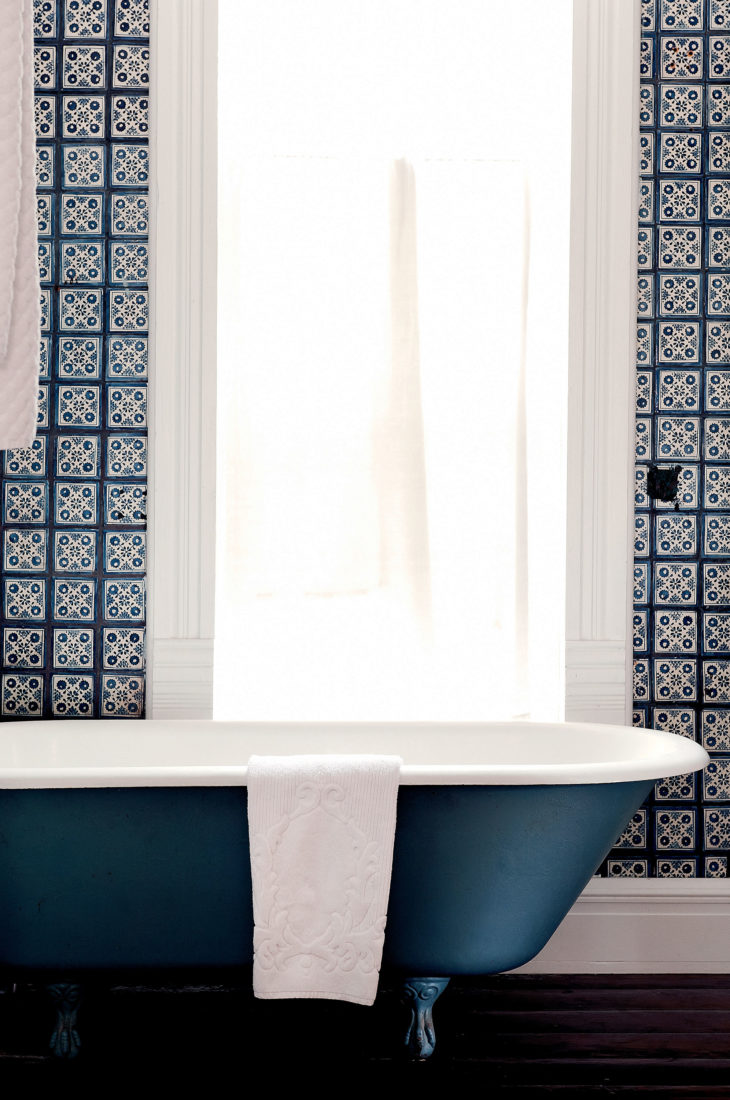
4. Design Your Bath Around a Vintage Tub.
Installing a vintage claw-foot tub in the bath imparts wonderful old-house character to a modern home. The original cast-iron versions hold heat beautifully, making long soaks an even more inviting proposition. The trick is finding a properly refinished tub. Take some advice from Garlan Gudger, Jr., the proprietor of Southern Accents Architectural Antiques in Cullman, Alabama, a gold mine of vintage architectural elements from around the country. First, check the feet. “When I buy vintage tubs, I place a blanket down and lay the tub over on its side to inspect all four feet and connections,” Gudger says. “Feet are not interchangeable. Everyone thinks you can change the feet out, but you can’t. Just because you find a set of four feet at a yard sale doesn’t mean they will work. They have to have the right connections to fit properly.” When you’re choosing a re-finisher, Gudger recommends asking to see the company’s work and for a two-year warranty.
Photo: Jack Thompson
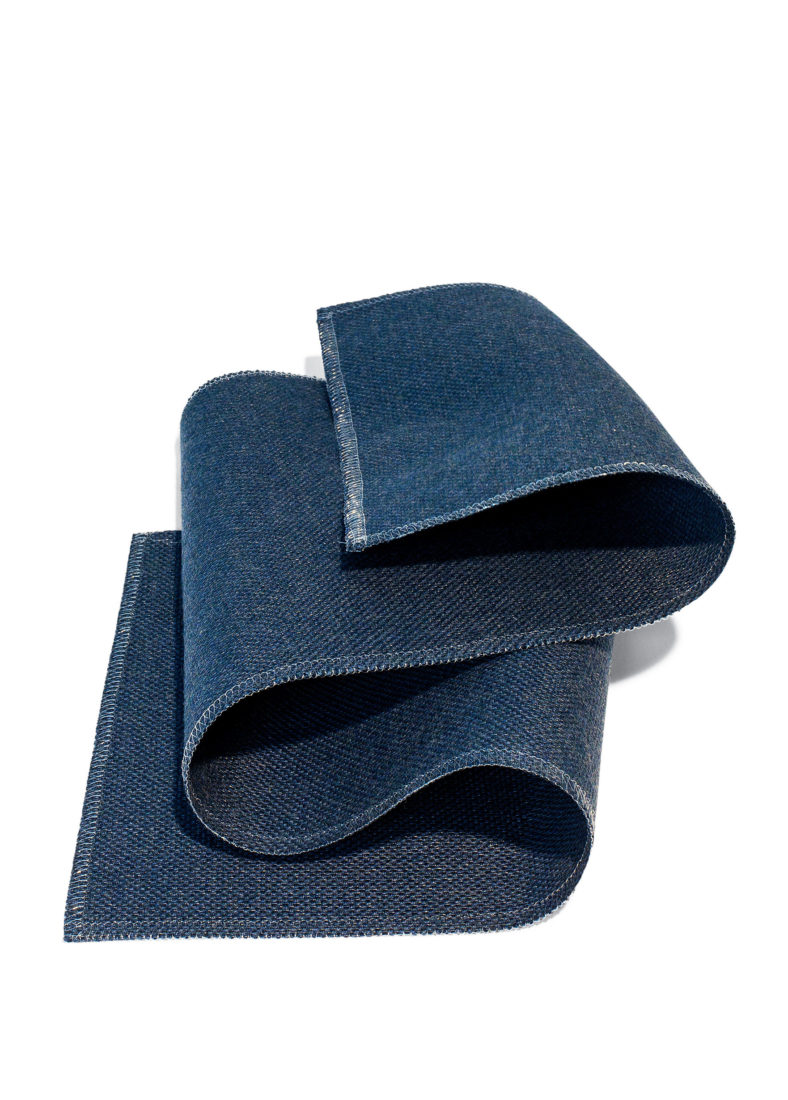
5. Take Durable Outdoor Fabric In.
Performance fabrics aren’t just for the front porch or patio. With so many options that mimic materials from linen to velvet, treated textiles are a great way to add life expectancy to interior upholstery and window treatments, since they stand up to heavy traffic and spills and resist fading. Sunbrella’s Spotlight Indigo, for instance, subtly nods to the selvage denim heritage of the South and would work as well on porch cushions as it would for drapery panels or a modern wingback chair in a study.
Photo: Margaret Houston

6. Bring Homegrown Style to the Table.
The floral designers Megan McHugh and Denise Richter of Pistil & Stamen in New Orleans create dramatic arrangements with a real sense of place. “This is a deeply celebratory city,” Richter says, “and we’ve found our niche as deeply local florists.” Because many New Orleanians are also foodies, they naturally appreciate the fresh herbs, berries, kumquats, and peppers that McHugh and Richter weave into their designs, among fragrant Southern sweet peas, gardenias, camellias, and jasmine. The hyperlocal approach is easy to replicate, whether you’re in subtropical Louisiana, with its abundance of bird-of-paradise, ginger, and citrus, or the Blue Ridge Mountains, where evergreen boughs and cooler-weather blossoms such as dahlias add rich texture to arrangements.
Photo: Alison Gootee
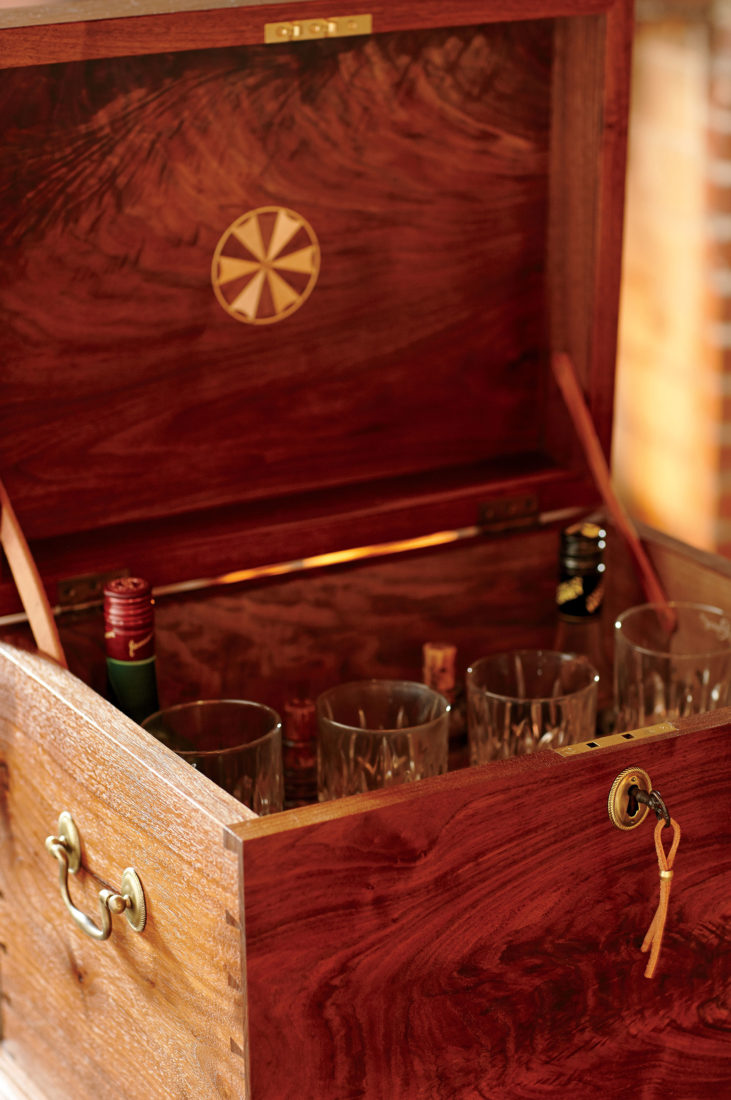
7. Stock a Cellaret.
These lidded wooden liquor cases fitted onto tall-legged stands tip their cap to early Southern history. “A lot of people have never seen one, never heard of one,” says John Leake, the proprietor of Leake Furniture Makers, who with his son Jay makes dozens of custom cellarets each year at their workshop in York, South Carolina. Also known as bottle cases, brandy cases, or gin cases, cellarets originated in the 1700s in the Southern colonies, and remained popular into the early nineteenth century. They marked the confluence of two currents: planters’ wealth, and the abundant flow of alcohol. Today they provide a surefire way to elevate cocktail hour.
Photo: Brie Williams
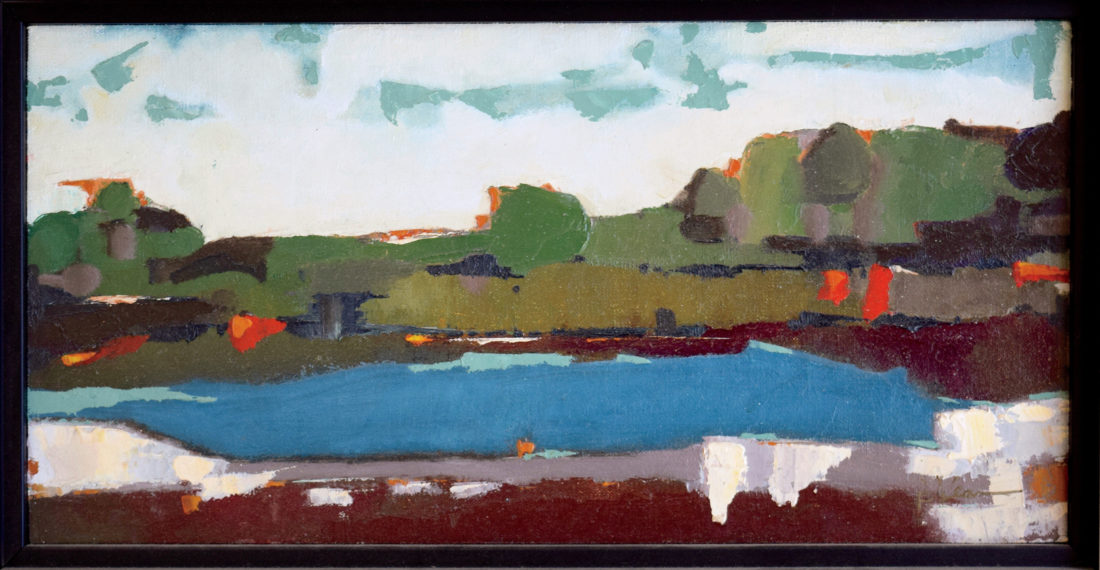
8. Showcase Your Hometown Pride with Affordable Local Art.
Local art lends an authentic sense of place to a home’s interior, and if you love supporting Southern artists, the Charleston Artist Collective founder Allison Williamson has an app (er, Instagram account) for that. What started in 2010 as an online “gallery” for Charleston, South Carolina, artists to sell their work has now expanded to include Atlanta and Nashville. “I realized some people wanted art but didn’t have time to visit galleries or couldn’t afford their prices,” Williamson says. “I wanted local art to be delivered to people’s computers and phones. And I believed that if it could work in Charleston, it could grow to other cities.”
Photo: Refresh by Ann Keane/Charleston Artist Collective
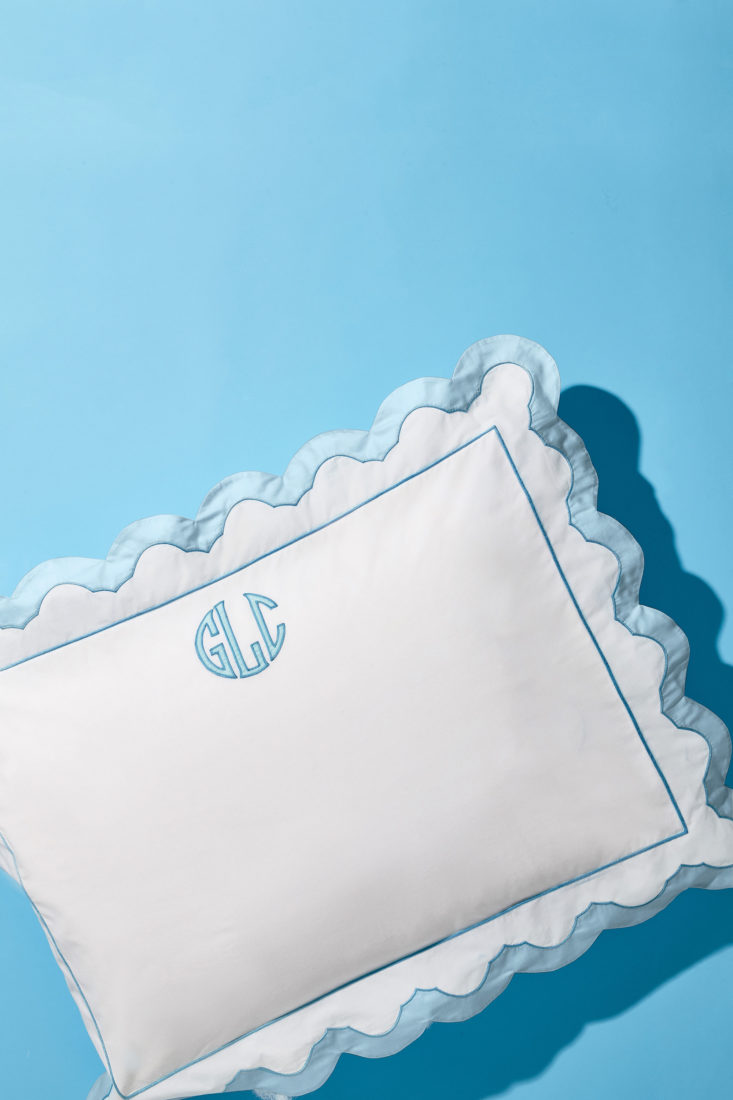
9. Give Bedding Signature Style with a Monogram.
The practice of monogramming bed linens became popular in the mid-nineteenth century with the rise of the wedding trousseau. That tradition is alive and well for modern Southerners. At Léron Linens, clients can have their initials embroidered on 400-count Egyptian cotton designs such as the Veranda, with appliqués in any of fifty colors. Paired with a modern or traditional interior, the look brings a crisp hit of graphic pattern—and family history—to the most restful room in the house.
Photo: Raymond Hom
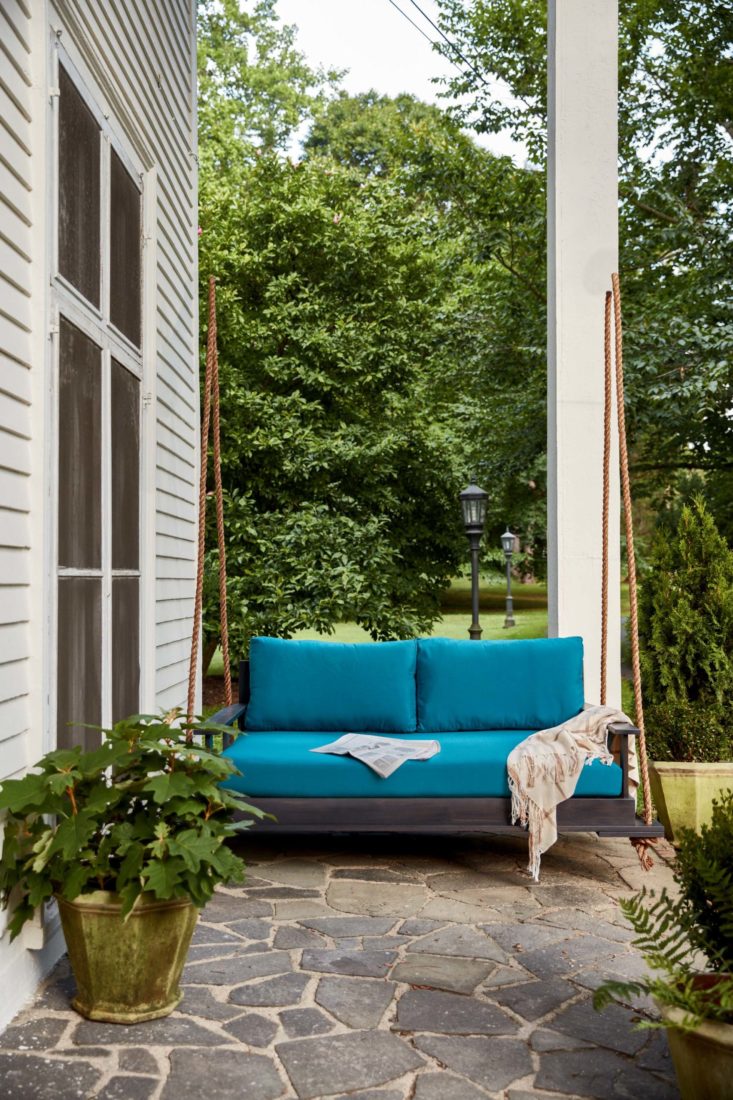
10. Hang a Relaxing Porch Swing.
Every Southern porch needs a porch swing. Southern Komfort, an Alabama company, dreamed up a classic that’s handmade from eucalyptus. The comfortable back cushions and mattress (available in any Sunbrella fabric) make it as practical as it is pretty.
Photo: William and Susan Brinson
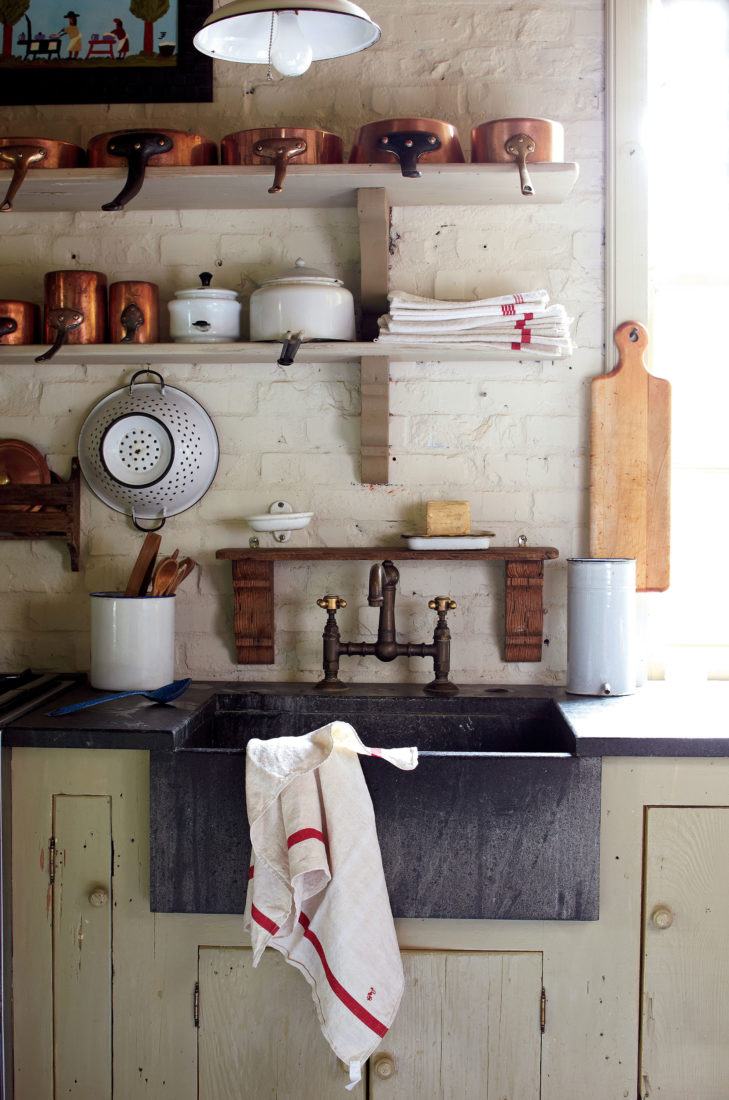
11. Install a Farmhouse Sink in the Kitchen.
All home-cooked meals begin and end at the sink—rinsing greens and peeling vegetables to prep, washing up when dinner’s over. With British roots, practical farmhouse sinks have dovetailed with the South’s agrarian past. The sink’s trough-like bowl can be used to bathe a baby or a Boykin spaniel, rinse a haul of garden-fresh zucchini, or prep an entire wedding’s worth of fresh-cut flowers. Its distinctive apron front helps protect cabinetry from overflows. And like another beloved piece of Southern kitchen equipment, the skillet, many vintage farmhouse sinks are made of cast iron, though new ones also come in such equally enduring materials as marble, soapstone, and stainless steel.
Photo: Brie Williams
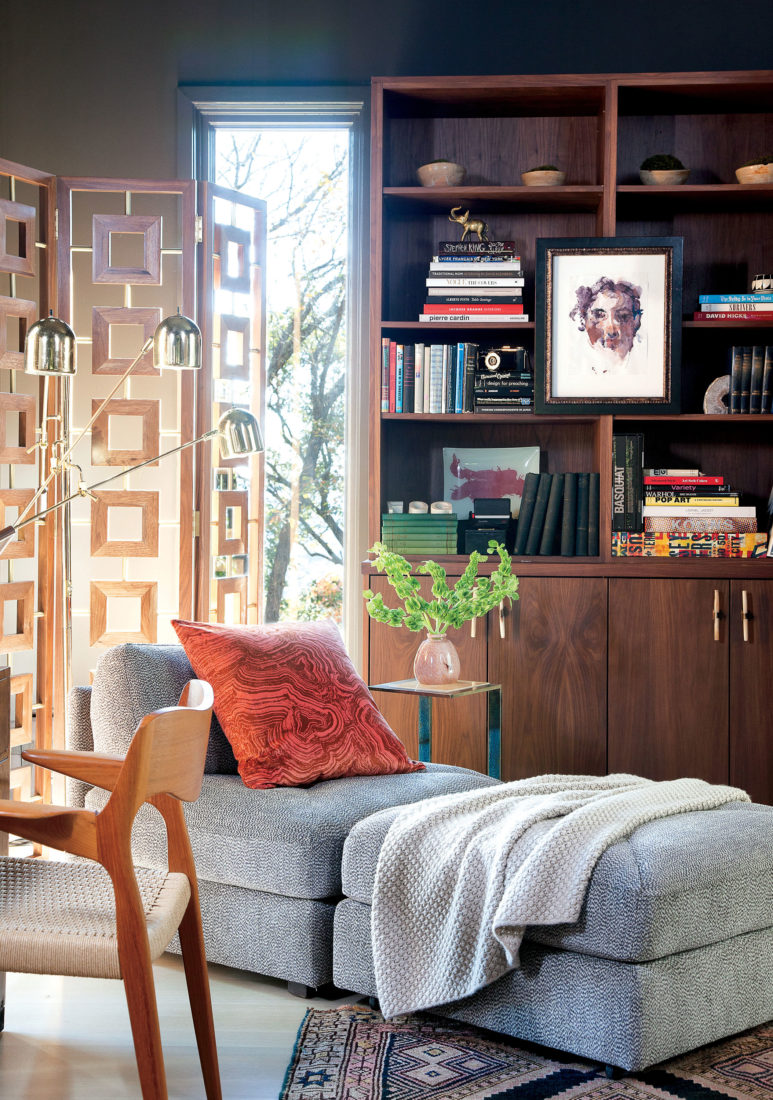
12. Celebrate Family Portraits.
Portraiture has always held an important place in Southern culture. The carefully rendered images serve as much more than decoration; they are records of family, history, and the personalities that have shaped generations. But the traditional oil portrait isn’t the only way to document a familiar face, as the Nashville artist Emily Leonard, whose work is shown at left in the home of the musician Nathan Followill and his wife, Jessie Baylin, demonstrates. “I had an impulse toward figurative work long before I actually started it,” Leonard says. Portraits run in her family. When she was growing up, her mother worked in watercolors—both for portraits and plein air works. And her grandfather, the late Thornton Utz, was a world-renowned portraitist. (His rendering of First Lady Rosalynn Carter and her daughter, Amy, hangs in the National Museum of American History.) Unlike Leonard’s landscapes, some of which measure as large as eight-by-twelve feet, her mixed-media and oil-on-panel portraits range from six-by-eight inches to eighteen-by-twenty-four inches. “Portraits have such an intimate feel,” she says. “I don’t want to get too big with them.”
Photo: Caroline Allison
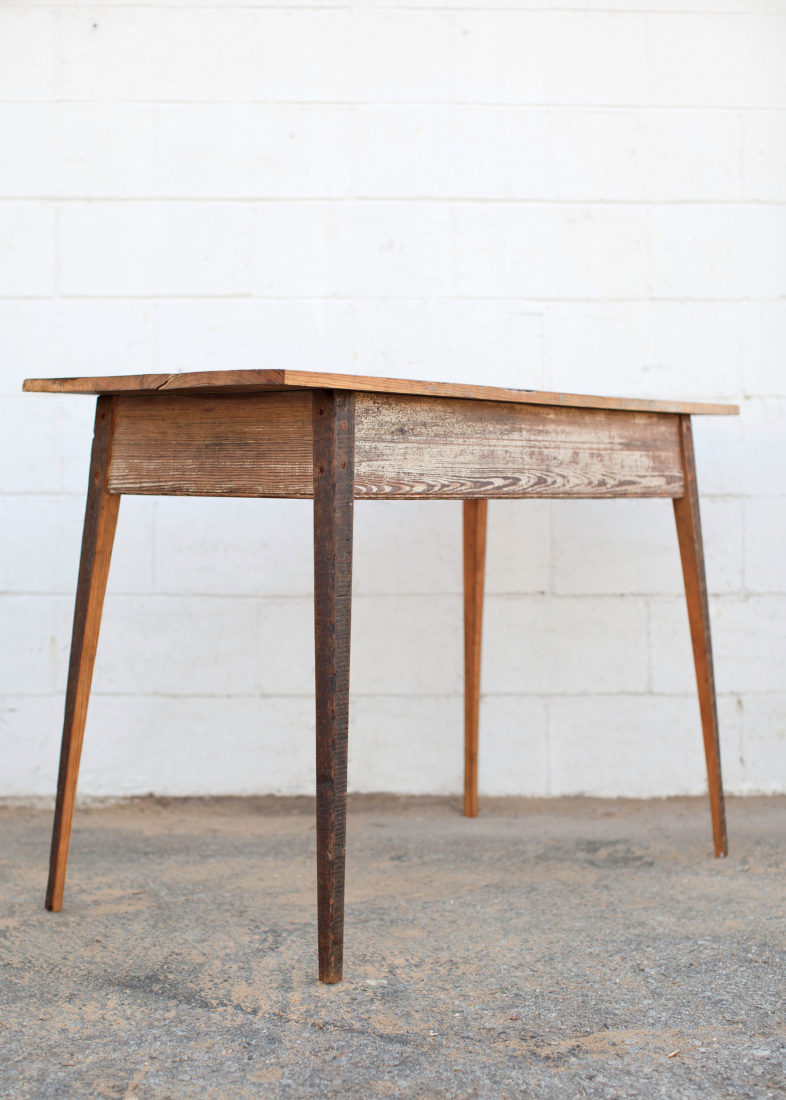
13. Bring a Farm Table into Your Breakfast Room.
In the years since Capers Landrum Cauthen set his saw blade buzzing in Charleston, South Carolina, his reclaimed wood tables have become sought after across the South. His client list is as diverse as his woodpile—from the Charleston interior designer Amelia T. Handegan, who commissioned a kitchen island for her 1940s beach bungalow; to Mike Lata, the chef whose Charleston restaurant FIG features a pedestal table made from antique beaded oak casing; to preservation-minded homeowners who want to do a bit of creative recycling. Because each piece of wood is different, each Landrum table is unique. Some look as if they were built in 1850. Others carry more modern touches such as stainless-steel tops or sink fixtures. Almost all bear scars from a past carpenter’s chisel or the teeth of the two-man, two-handled pit saws Southern loggers once favored. “Those imperfections are where the beauty lies,” Cauthen says.
Photo: Gately Williams
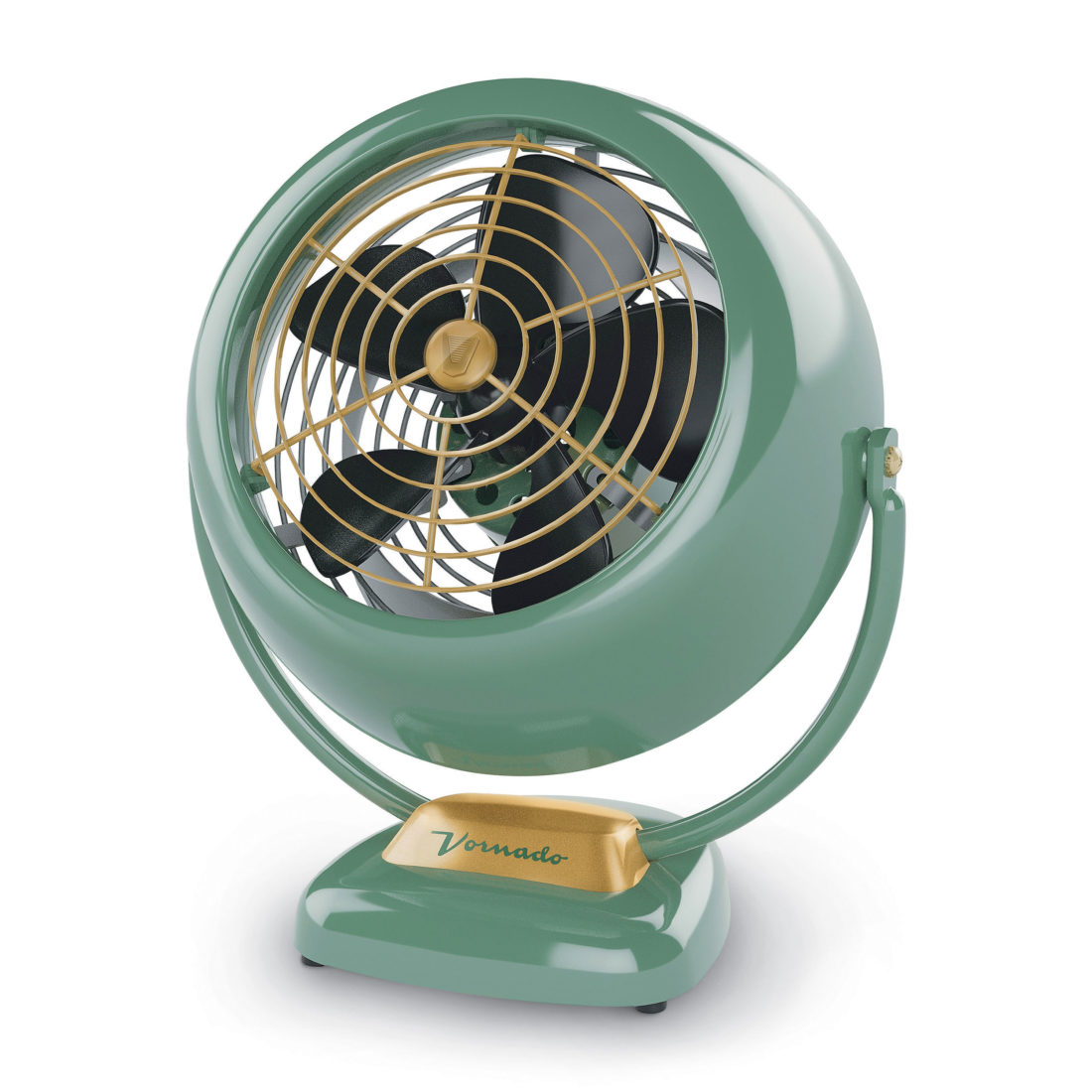
14. Become a Fan of Fans.
Ceiling and tabletop fans are as much a part of the identity of the South as Spanish moss. “I have a fan in every room in my house,” says Thomas Wages, of the Atlanta menswear shop Thomas Wages: Life Well Woven. “They are a necessity in the South.” Not all fans are created equal, though. “No one does it better than Vornado with their VFAN,” Wages says. “It’s one of the few fans still made of solid metal, and the ideal blend of retro yet modern.”
Photo: Vornado
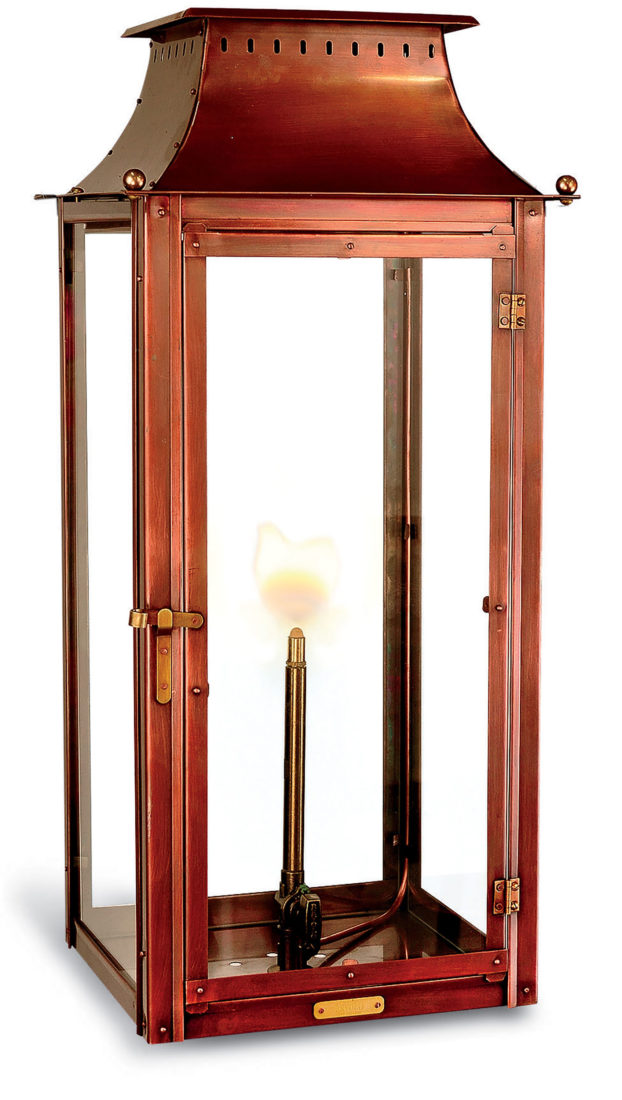
15. Gas Up Your Porch Lights.
Gently flickering light—whether from candles or the hearth—imparts a soft, warm glow inside. The same principle applies outside. Open-flame gas lanterns add a wallop of curb appeal the minute they are installed on a front entry or curb. For seventy five years, Bevolo Gas and Electric Lights of New Orleans has hand made hundreds of lantern styles in classic copper, which will take on a lovely patina over time, as well as in stainless steel. “These lanterns are like jewelry for the house,” says Drew Bevolo, the company’s third-generation owner and the grandson of its founder. Installation is simple, too. “Running a gas line is as easy as running cable for a television,” he says.
Photo: Bevolo
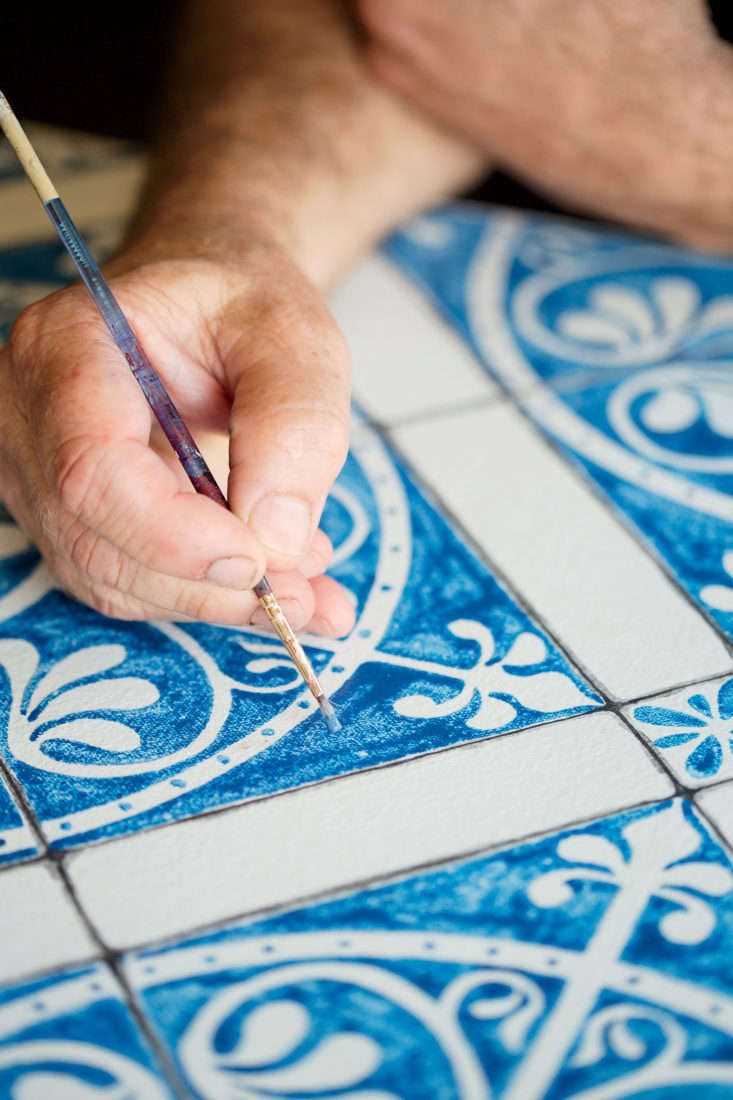
16. Try Light Cotton Floorcloths.
Painted floor coverings were all the rage in the colonial era. They were made from a common material of the time, sturdy cotton, to adorn bare wood floors. Ginny and Joe Lascara of the Virginia Beach–based Black Dog Gallery first tackled historic floorcloth re-creations two decades ago, after Ginny studied them at the Colonial Williamsburg Foundation. The siblings have since created floorcloths for such historic homes as Mount Vernon and Monticello. But you don’t have to live in a landmark to commission one, and they’re available in any pattern you can imagine.
Photo: Patricia Lyons
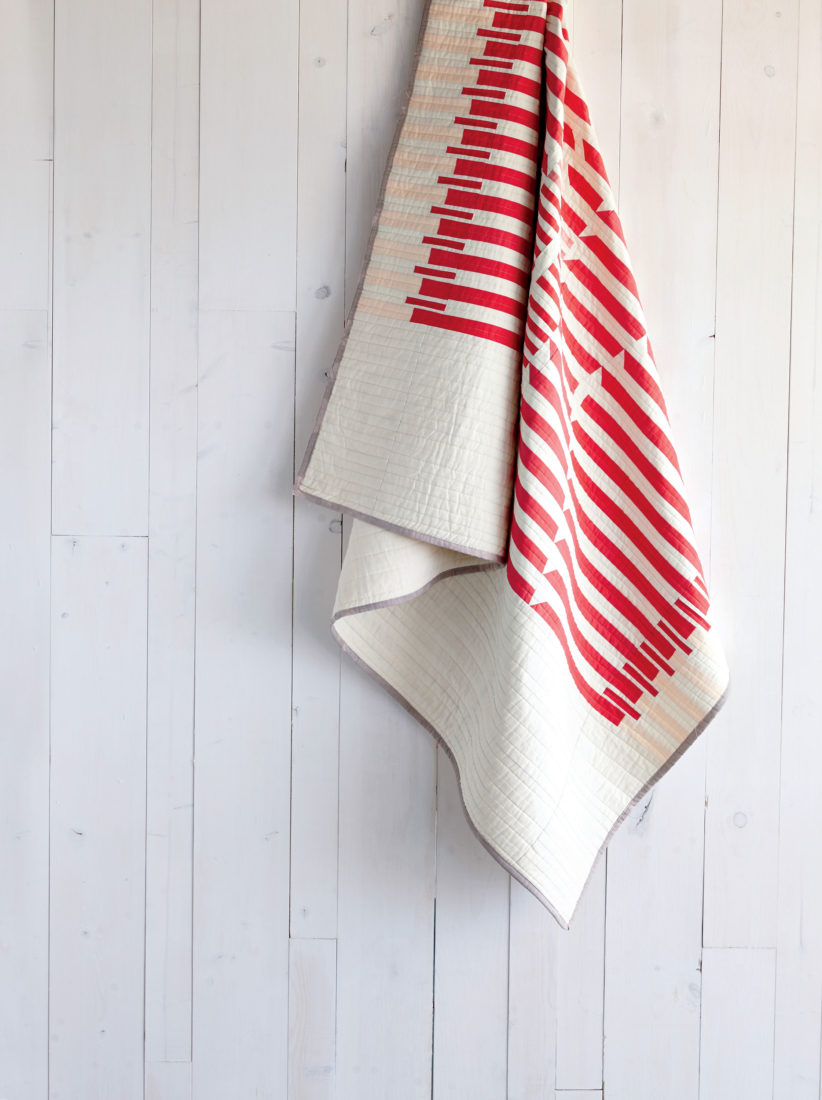
17. Hang a Handmade Quilt.
Your first impulse with one of Meg Callahan’s quilts is to hang it on a wall instead of folding it at the foot of a bed. And why not—the modern geometric designs look right at home next to any piece of fine art, and each of Callahan’s quilts comes with a sewn-in opening to accommodate a display-friendly hanging rod. It’s a feature that perfectly sums up the Oklahoma City textile artist’s approach. “I try to strike a balance between working with tradition and challenging it,” she says. You can choose from more than a dozen patterns or let Callahan create a one-of-a-kind composition for you. Each made-to-order twin, queen, king, or custom-size quilt is pieced together by Callahan, finished by a local craftswoman, and then packaged and shipped out within eight to ten weeks. “There’s always a little bit of sadness to see them go,” Callahan says. “But hopefully they’re something special to someone else—an heirloom.”
Photo: Jennifer Causey
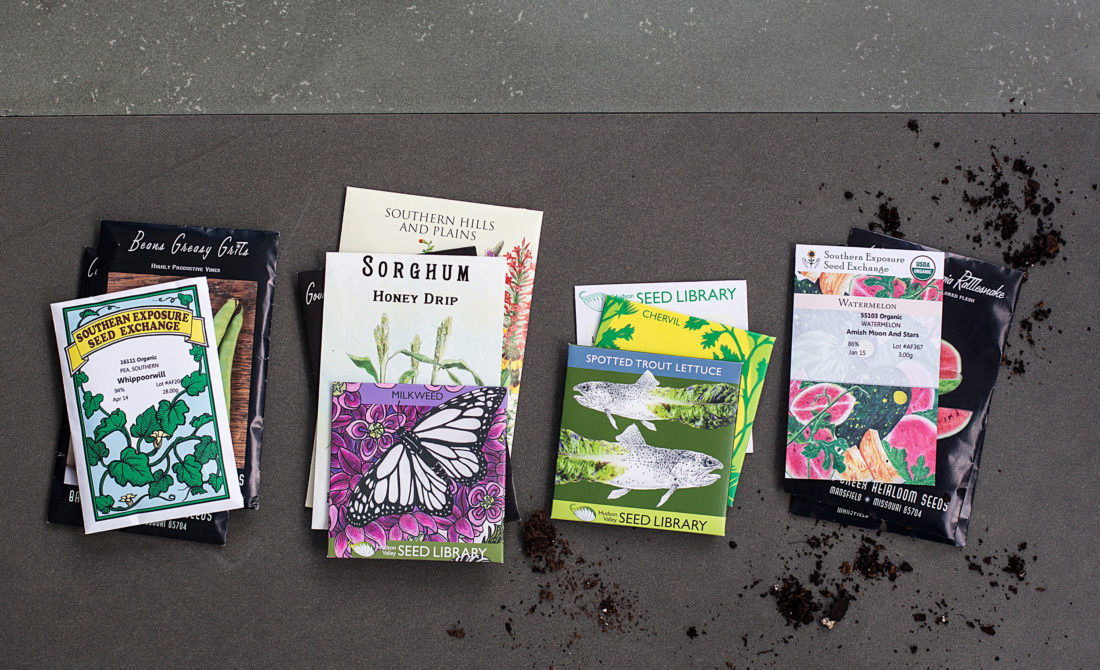
18. Go Native with Garden Plants.
Back before heirloom became a buzzword, Ira Wallace was already saving rare seeds. As an owner of the Southern Exposure Seed Exchange, based in Mineral, Virginia, Wallace spreads her contagious gardening gospel across the country and helps publish the Exchange’s influential annual catalog. More than seven hundred heirloom and open-pollinated seeds especially adapted to Southern growing conditions appear in its pages, and Wallace knows them all, from artichoke to zucchini, including more than a hundred tomato varieties of every size, color, and flavor. “Questions about the food system have led many of us toward local and organic food,” she says, “and what food is more local than food from your own backyard?”
Photo: Margaret Houston
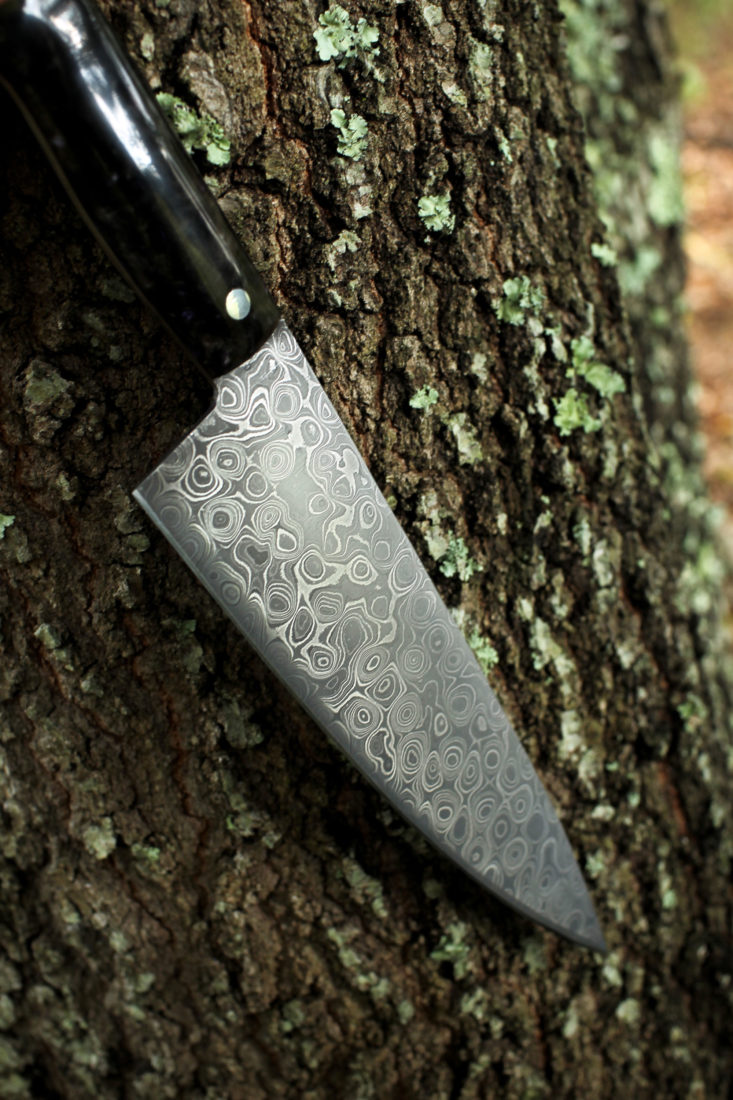
19. Invest in a Good Chef’s Knife—and Show It Off.
Middleton Made Knives opened for business in St. Stephen, South Carolina, in 2010, and the company quickly attracted fans around the country. Quintin Middleton is obsessive about quality and has been known to toss a knife he’s been working on for hours if he discovers even the tiniest crack in the blade during the final sharpening. “Passion creates quality,” he says. The company sells five standard styles, plus a Japanese Santoku version, with prices ranging from $100 for a paring knife to $900 for a Damascus-steel chef’s knife. Keep the blade within easy reach—and in view—on a wall-mounted magnetic strip.
Photo: Joshua Drake
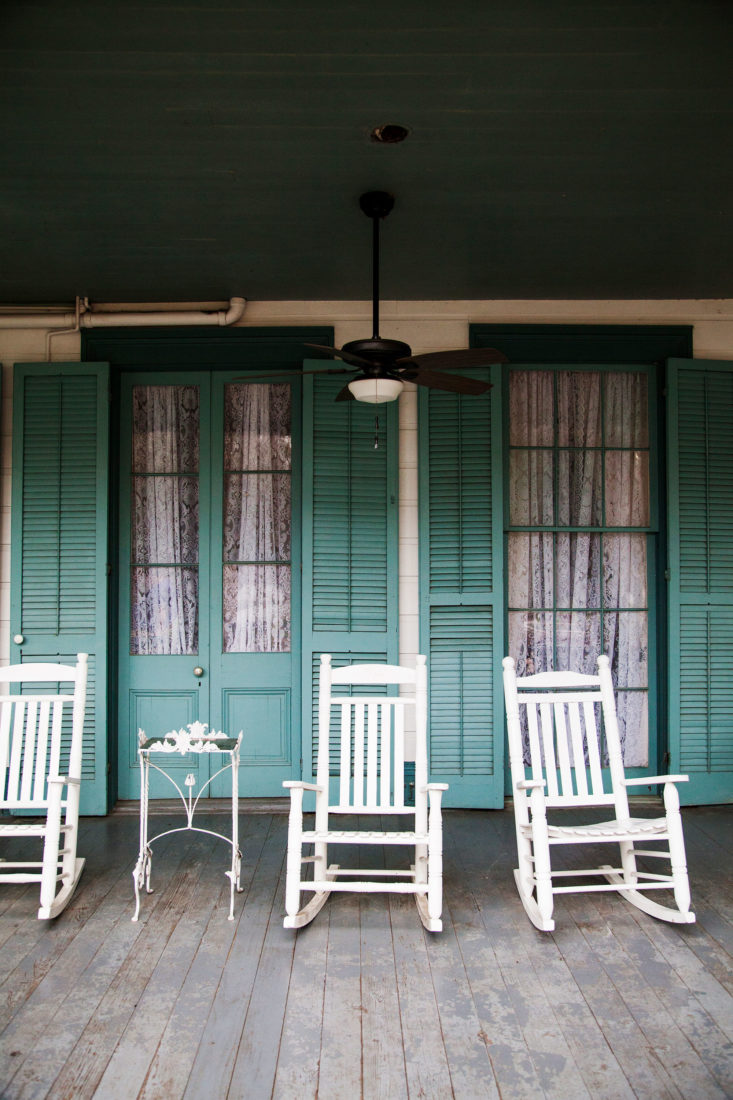
20. Paint the Porch Ceiling Haint Blue.
Some say this tradition stems from the notion that blue ceilings help prevent insects and birds from nesting. But more often than not, the color is attributed to the Gullah Geechee of the South Carolina and Georgia Lowcountry. “It is a color people of African descent believed defended the home from troubled spirits,” says Michael Allen, a community specialist for the Gullah Geechee Cultural Heritage Corridor. Today, iterations vary from bright Caribbean blue to lighter shades, such as Sherwin-Williams Piazza Blue D-CR075, part of the Historic Charleston Foundation’s collection.
Photo: Cedric Angeles
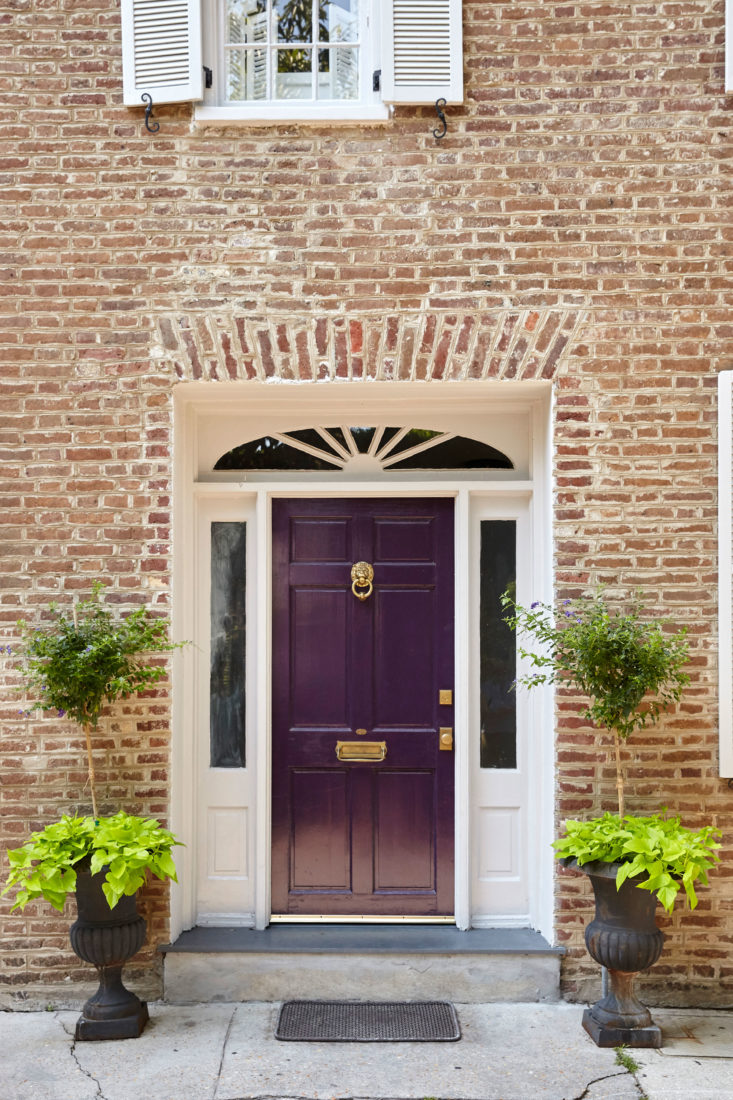
21. Choose a Bold Color for the Front Door.
“Painting a front door a bright color is a way of giving a house a stamp of personality,” says Barrie Benson, an interior designer and preservation advocate in Charlotte, North Carolina. She returns often to red. “Growing up, my favorite interiors were often behind glossy red front doors,” Benson says. “Plus, red doors have so many meanings. For instance, some say that before the Civil War, a red door was a sign of safe refuge on the Underground Railroad.” Her red of choice? Benjamin Moore’s Ryan Red 1314. “Make sure you make time for plenty of coats,” Benson says. “The more the better.”
Photo: Brie Williams

22. Instead of Staining the Floors, Paint Them.
Bathing floors in a sea of color is a great way to update worn hardwoods, to unify a space where different types of materials join, or to simply add visual interest. Thomas Jefferson decided to employ the technique at Monticello in 1805 after seeing painted floors at the home of the celebrated portraitist Gilbert Stuart. One modern Southern tastemaker, the designer Andrew Howard of Jacksonville, Florida, is also a fan of the idea—and of Behr Country Dairy 370E-1. “The color instantly warms up a room,” Howard says. “It’s best used in rooms that get great sunlight and allow the light coming in to reflect off the floor, like a foyer, sunroom, or breakfast room.”
Photo: Patricia Lyons
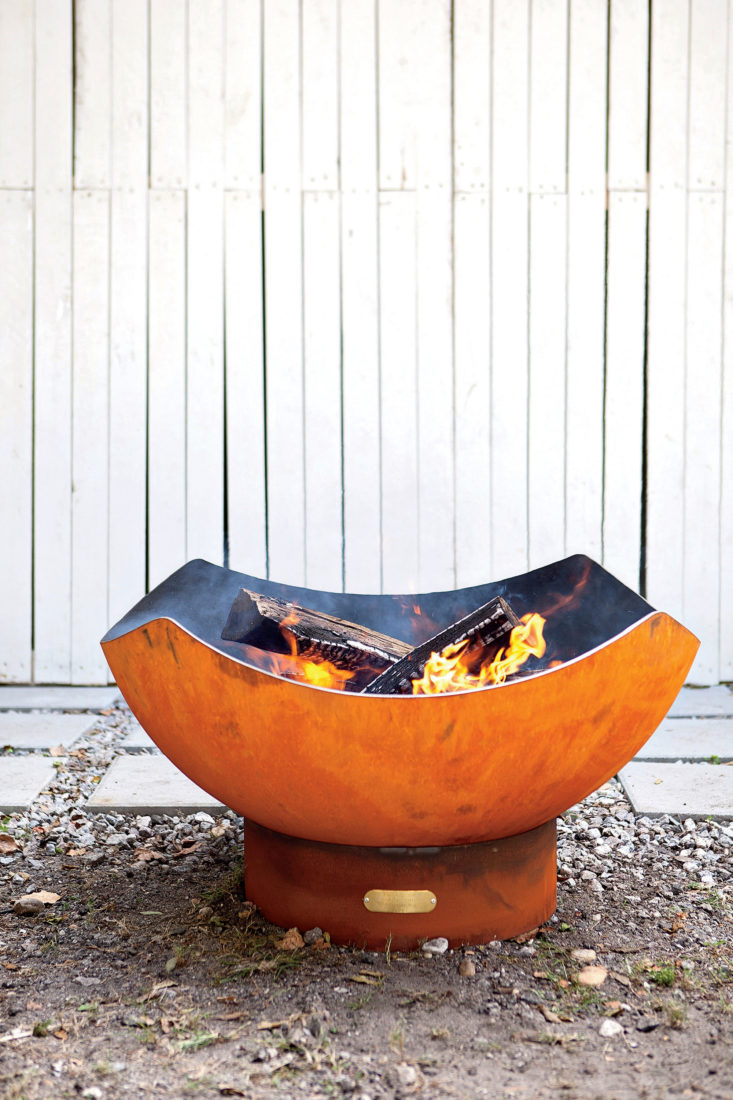
23. Light a Fire Pit.
Crafted from quarter-inch steel, the idea behind Rick Wittrig’s fire pits was forged by the outdoors culture of central Tennessee. “Everybody is a hunter or an outdoorsman or a fisherman,” says Wittrig, who grew up in a Mennonite village in Illinois that valued no-nonsense craftsmanship. “It wasn’t unusual to know how to weld. It was an expectation.” So eight years ago, after buying his daughter a mass-produced fire pit that quickly disintegrated during a season in the elements, Wittrig decided to build something better. Soon he had a thriving business. “To make something that will last a hundred years, I get excited about it,” he says. “Long after I’m gone, people will still be enjoying it.”
Photo: Stacey Newgent
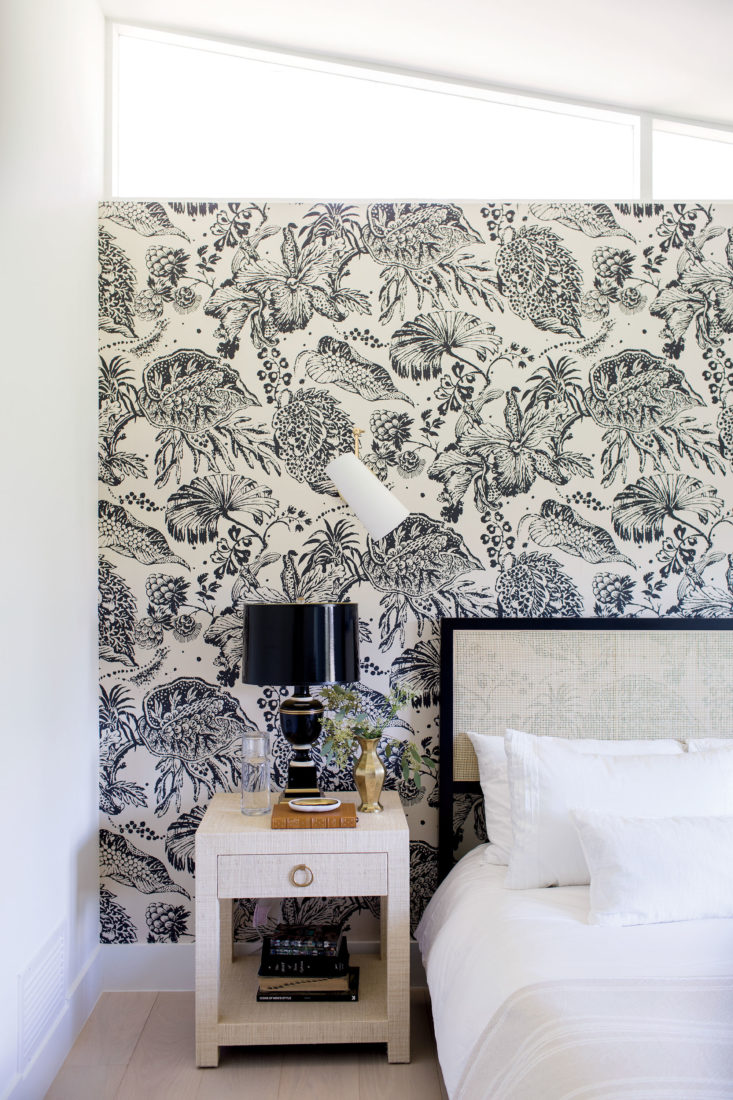
24. Make a Statement with Wallpaper.
Wallpaper has always been at home in the South, from the eighteenth-century trellis pattern hanging in the North Octagonal Room at Thomas Jefferson’s Monticello to the rhododendron motif designed in the 1940s by the iconic decorator Dorothy Draper for West Virginia’s Greenbrier Hotel. Now it’s experiencing a renaissance, thanks to Southern artists such as Anna Bond of Rifle Paper Co., in Winter Park, Florida. Bond launched her collection of bold, colorful wallpapers with the same vintage-inspired sensibility of her company’s popular paper goods. “I’ve always loved that balance of something looking new and modern yet timeless and classic,” she says. “That’s always what I’m working toward.” Her Pineapple print, with its ebony background, makes for a welcoming entryway option.
Photo: Patricia Lyons
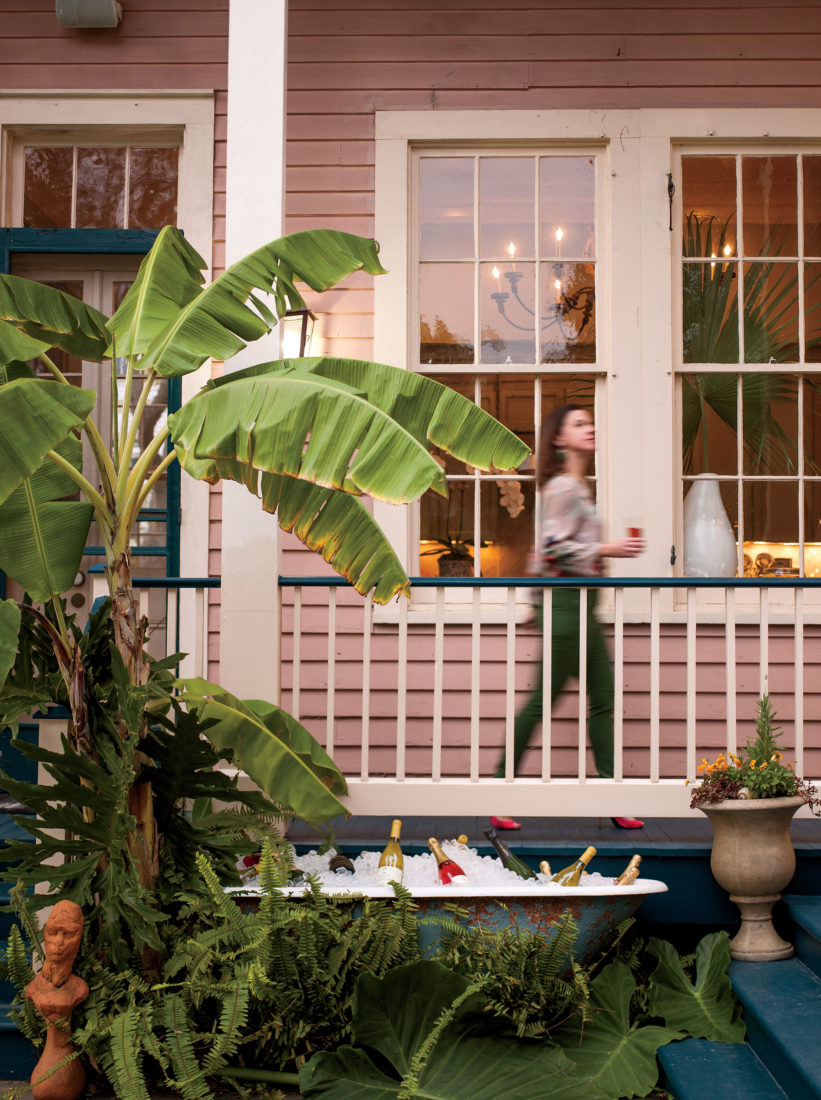
25. Go Ahead—Be a Little Quirky.
The South has long been noted for its abundance of eccentrics. So why not put that one-of-a-kind personal style front and center, even if it’s a little odd? Take a cue from the New Orleans designer Alexa Pulitzer, who repurposed an old cast-iron tub as an outdoor champagne cooler for parties. “We love to celebrate outdoors, and these little touches give any gathering extra flair,” Pulitzer says. “More important, it represents our Southern style of using what’s on hand in new, creative ways rather than simply throwing it away. As far as setting the mood, there’s probably nothing that makes a greater statement to guests than a bathtub full of champagne.”
Photo: Morgan & Owens


